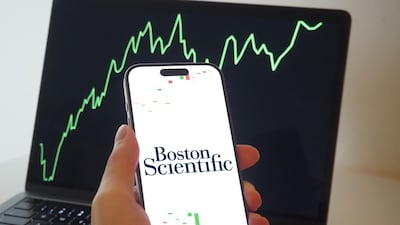The US Food and Drug Administration announced on 11 January that Boston Scientific Corp. recalled its Lotus Edge transcatheter aortic valve replacement (TAVR) system. The agency affixed a high-risk class I designation to the recall.
Boston Scientific discontinued manufacture of the Lotus system in November and asked that any unused systems be returned to the...
Read the full article – start your free trial today!
Join thousands of industry professionals who rely on Medtech Insight for daily insights
- Start your 7-day free trial
- Explore trusted news, analysis, and insights
- Access comprehensive global coverage
- Enjoy instant access – no credit card required
Already a subscriber?





